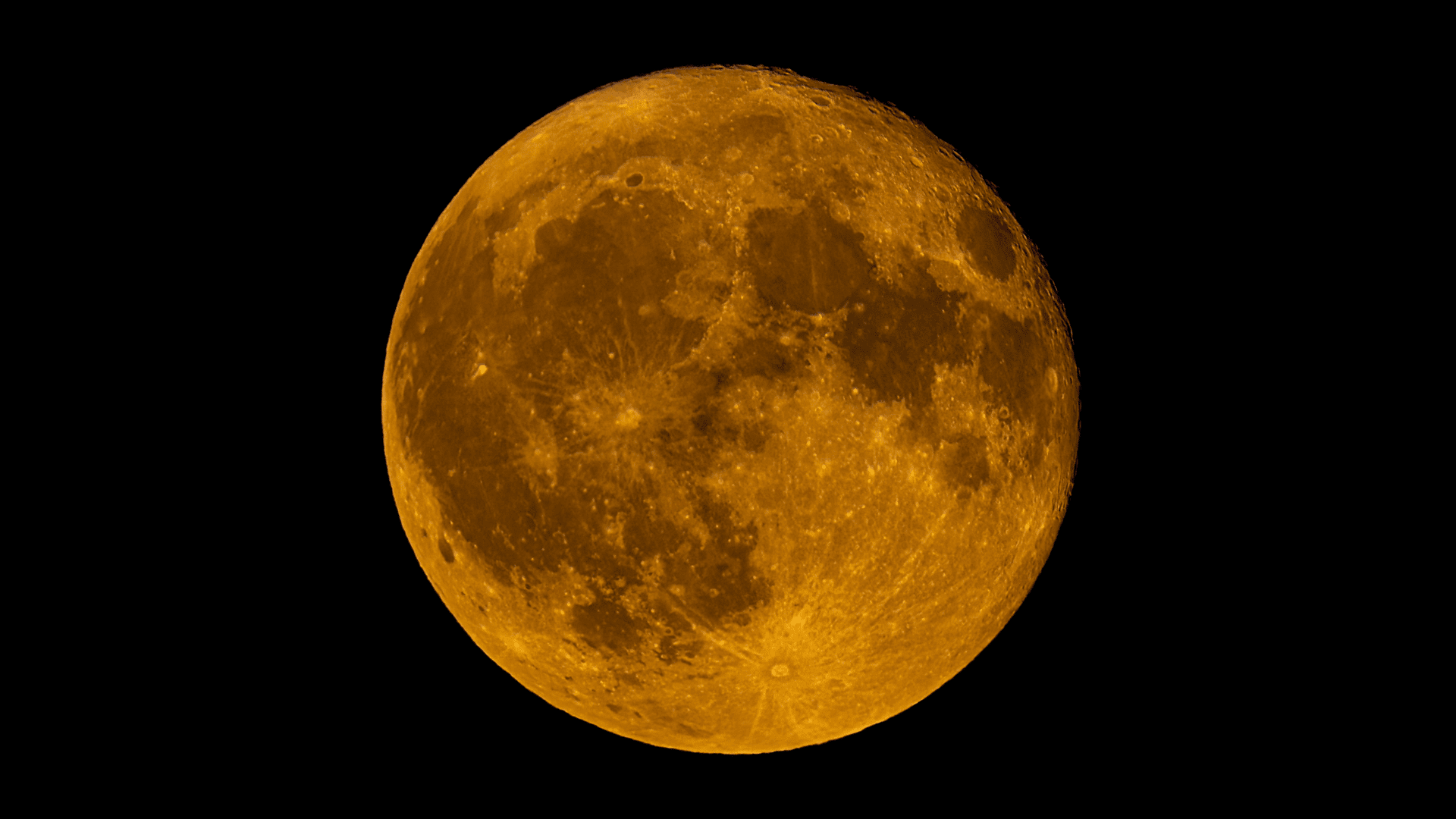July’s Full Moon is known as the Buck Moon. It signifies the time of year when male deer, known as “bucks,” start growing new antlers. When bucks grow new antlers, they’re covered in a soft velvet coating. Antlers can grow quickly, sometimes a quarter-inch per day. The rapid growth represents regeneration, strength, and preparation for their upcoming mating season.
This year, the Buck Moon will be the farthest Full Moon from the Sun. Astrologists and stargazers expect July’s Full Moon to perform a celestial show as they eagerly await July 10.
When to Spot the Buck Moon

According to the Old Farmer’s Almanac, the Buck Moon will reach its brightest illumination on Thursday, 10, at 4:37 PM EDT. Despite reaching its peak illumination during daylight hours in North America, the best time to observe it is after local sunset. At this time, the Moon rises fully illuminated on the horizon. It’s recommended to view the Buck Moon about 30-40 minutes after the sun sets.
The Buck Moon may appear to have an orange hue because when the Moon is close to the horizon, it takes on a rusty red shade of color. This effect is caused by sunlight bouncing off the Moon and back into the Earth’s atmosphere.
While the Buck Moon will be visible to the naked eye, binoculars or telescopes will enhance the skywatching event. Most importantly, pick a good spot for skywatching. These tips always remain the same. For example, pick a dark watching spot, ideally away from city lights or light pollution in general.
Choose a spot with a clear view of the southeast horizon, preferably in an elevated and rural location.
Other Common Names
The Buck Moon has several traditional names from different cultures, reflecting seasonal changes and activity.
For example, the name “Thunder Moon” represents the frequent thunderstorms across North America in the middle of summer.
Another name is the “Salmon Moon,” representing the seasonal migration of salmon.
Wyrt Moon, Herb Moon, or Mead Moon are Celtic names indicating that July is a time for herb gathering.







